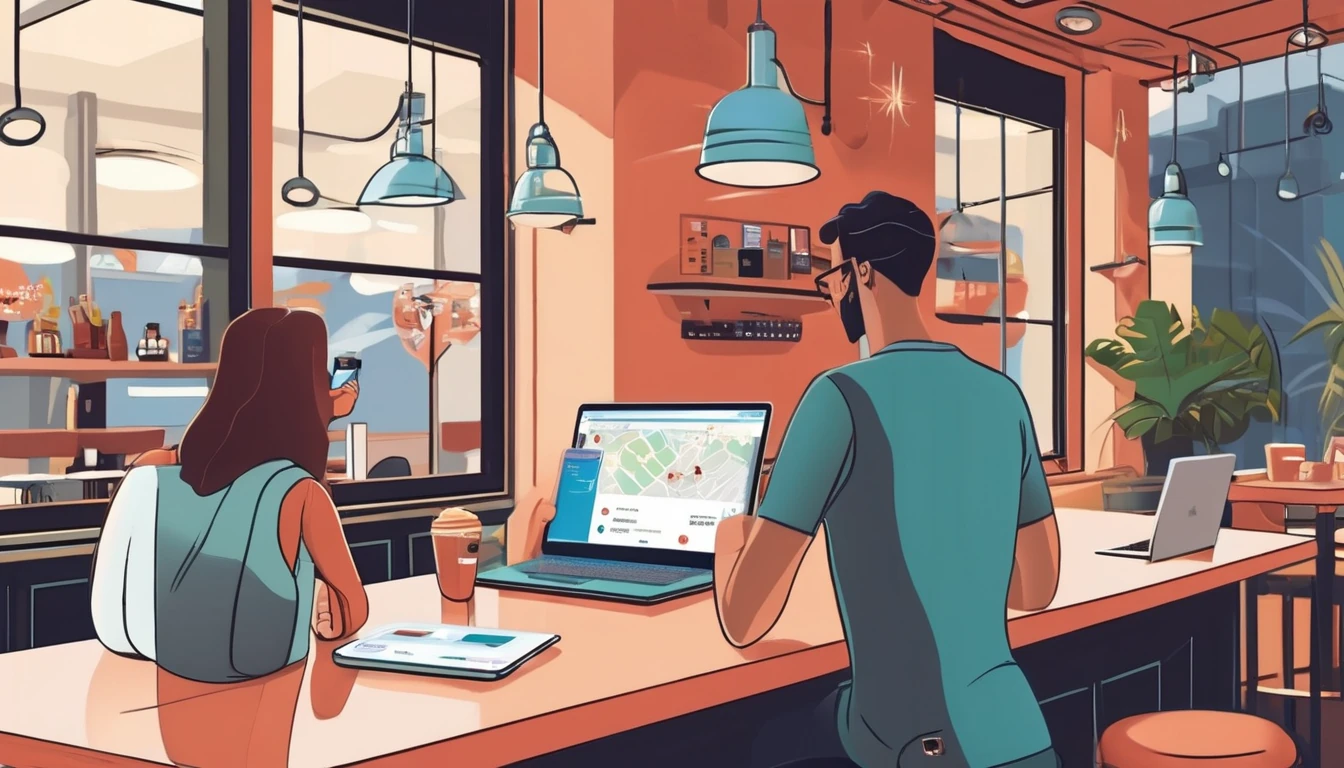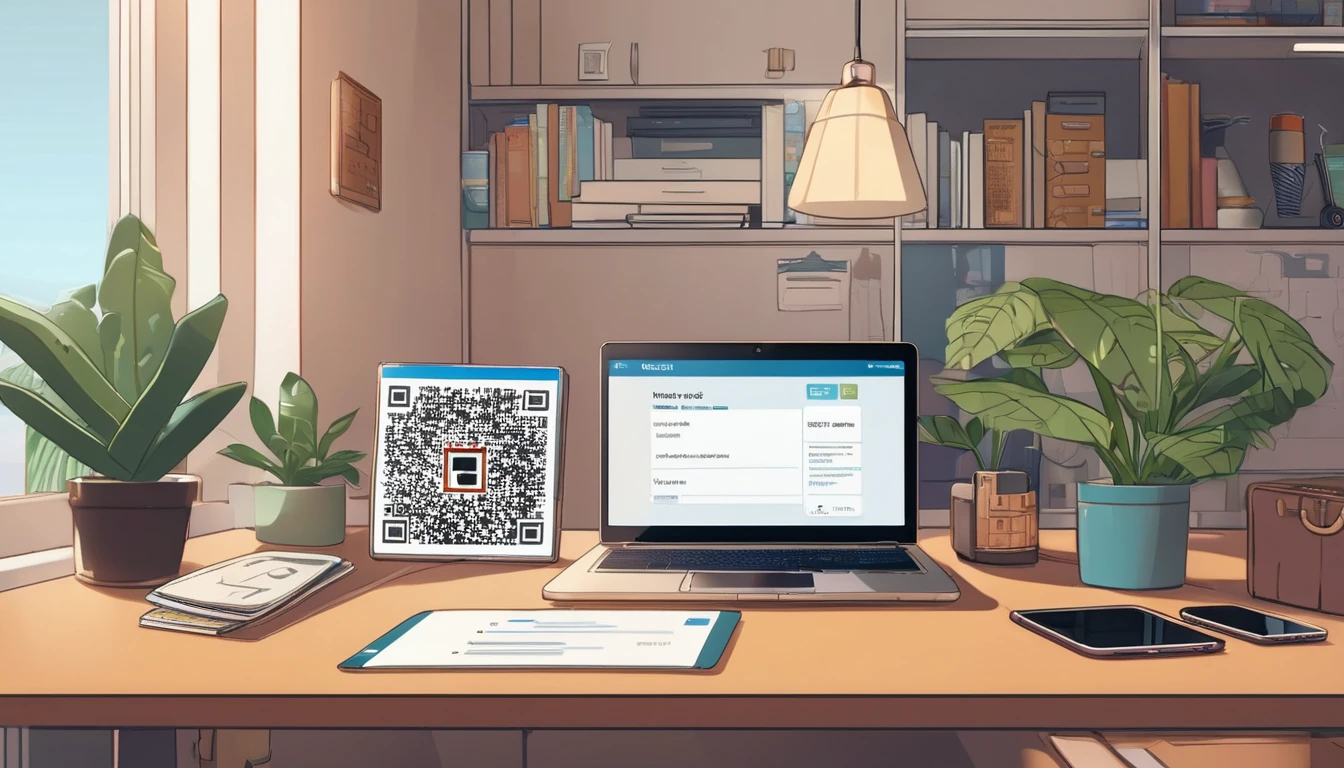Travelling with an eSIM and need to get your laptop or tablet online? Turning your phone into a hotspot (or tethering via USB/Bluetooth) is often the most reliable way to work, stream, or map your way through a new city. This guide explains how to set up and optimise hotspot and tethering on eSIM devices, what limits to expect, how to tweak APN settings when hotspot is blocked, and how to keep things secure and cool under load. You’ll also find device-limit guidance, speed expectations, practical VPN advice for laptops, and battery/heat tips drawn from real-world use. Where rules and networks vary by country, we point to the right country pages and Playbooks so you can check local notes before you land. If you just need the bottom line: yes, hotspot works on most eSIMs, but plan rules, device caps, and APN settings often decide how well it works.
- Planning a trip? Start at Destinations to check local tips.
- Regional picks: Esim North America, Esim Western Europe, Esim United States, Esim France, Esim Italy, Esim Spain.
Hotspot vs tethering: the quick definitions
- Personal hotspot: Your phone creates a Wi‑Fi network others can join.
- USB tethering: Your phone shares data over a cable to one computer; fastest and lowest latency; charges at the same time.
- Bluetooth tethering: Low-power, slow; fine for basic chat/email.
- Tethering vs hotspot: Tethering is the umbrella term; hotspot is usually Wi‑Fi sharing.
eSIM doesn’t change the mechanics: if your plan allows it, hotspot/tethering will behave like a physical SIM. The differences come from plan permissions, APN profiles, local carrier policies and device limits.
Does your eSIM plan allow hotspot/tethering?
Most travel eSIMs allow hotspot, but not all. Some carriers disable tethering on certain APN profiles or cap the number of devices.
Checklist before you rely on it: 1. Check the plan description for “tethering allowed” or “hotspot support”. 2. Look for data policy notes on the country/region page (start at Destinations or specific regions like Esim North America or Esim Western Europe). 3. Expect fair use in Europe and some throttling at peak times. If your plan says “mobile use only”, hotspot may be blocked. 4. Corporate travellers: consider a pooled or team plan so you’re not sharing a single phone. See For Business.
Tip: If hotspot is off or greyed out as soon as you enable it, it’s often an APN configuration issue. See the APN section below.
Set up hotspot on your phone (and fix common snags)
iPhone/iPad (iOS/iPadOS)
Basic setup: 1. Settings > Mobile Data > toggle Mobile Data on. 2. Tap Personal Hotspot. 3. Turn on Allow Others to Join. 4. Set a strong Wi‑Fi password (12+ characters). Avoid birthdays or simple words. 5. Optional: toggle Maximise Compatibility to use 2.4 GHz (better range, lower speed).
If Personal Hotspot is missing or won’t enable, check APN fields: - Go to Settings > Mobile Data > Mobile Data Network. - You may see three APN sections: Mobile Data, LTE Setup (optional), and Personal Hotspot. - Copy the APN value from Mobile Data into Personal Hotspot (username/password too, if present). - Return to Personal Hotspot and try again.
Pro tips (iOS): - If devices struggle to join, enable Maximise Compatibility to force 2.4 GHz, then try 5 GHz again later for higher speeds. - USB tether for long work sessions: plug into your laptop and enable Personal Hotspot; macOS/Windows will auto-detect. - Family Sharing can auto-join trusted Apple devices without sharing the password.
Android (steps vary by brand, but generally)
Basic setup: 1. Settings > Network & Internet (or Connections) > Hotspot & tethering. 2. Tap Wi‑Fi hotspot (or Mobile Hotspot). 3. Set Network name (SSID), Security = WPA2 or WPA3, and a strong password. 4. Toggle hotspot On. 5. Optional: Set AP band to 5 GHz for speed if all your devices support it.
If hotspot toggles off instantly or says “Not available”: - Check Data Saver/VPN apps aren’t blocking tethering. - APN profile may be missing the DUN flag (tethering APN). Try: - Settings > Mobile network > Access Point Names. - Create a new APN using the APN details provided with your eSIM. - Under APN type, include: default,supl,dun - Save, select the new APN, toggle flight mode Off/On, then retry hotspot.
Note: Some carriers lock APN editing. If you can’t add “dun”, use USB tether (often unblocked) or contact support via your plan page on Destinations.
USB and Bluetooth tethering
- USB (iOS/Android): Plug your phone into your computer; enable Personal Hotspot/USB tethering. Best for speed, latency, and power (it charges your phone).
- Bluetooth: Pair devices; enable Bluetooth tethering. Useful when Wi‑Fi is congested, but speeds are modest.
Device limits and realistic speeds
Device caps: - iPhone: typically up to 5 Wi‑Fi clients (plus 1 via USB and 1 via Bluetooth in some cases). Behaviour varies by iOS and device. - Android: commonly up to 10 Wi‑Fi clients, configurable in Hotspot settings. Some models/carriers cap lower.
Performance expectations: - The hotspot speed ceiling is your phone’s own mobile data speed. Expect 5–15% overhead for Wi‑Fi sharing. - 5 GHz hotspot usually outperforms 2.4 GHz (less interference), but range is shorter. - USB tether bypasses Wi‑Fi overhead and interference, improving stability and latency—ideal for calls and remote desktop.
Pro tips for better throughput: - Place the phone near a window for stronger mobile signal; avoid pockets and bags. - If 5G is weak or causing drops, try 4G/LTE only mode for steadier performance. - Change the hotspot channel (Android) if nearby Wi‑Fi networks are clashing. - Avoid chaining multiple VPNs (phone + laptop). See the VPN section.
Using VPN on a laptop over hotspot
A VPN can protect traffic on public networks, but it introduces overhead.
What works best while travelling: - Prefer modern protocols (WireGuard, IKEv2) over older, heavy options (OpenVPN TCP). Try UDP-based connections for lower latency. - If your corporate VPN is mandatory, enable split tunnelling so only work apps use the VPN; streaming and updates go direct. - Use a kill switch to prevent data leakage if mobile signal drops. - Banking/gambling sites may flag unusual IP geolocation across borders. Temporarily disable the VPN if legitimate services won’t load. - Test your “work stack” (VPN + conferencing + RDP/VDI) on hotspot before you travel.
If speeds collapse when starting the VPN: - Try a nearer VPN location. - Switch protocol (WireGuard/IKEv2). - Use USB tether to reduce latency and packet loss.
Business teams that need guaranteed performance should consider device-per-person rather than sharing a single hotspot. See For Business for options, and the Playbooks linked from Destinations for country-specific notes.
Battery, heat and reliability on the road
Hotspot is power-hungry. Add 5G radios, and heat becomes the bottleneck.
Practical checklist: - Use USB tether when possible: fastest and charges simultaneously. - If on Wi‑Fi hotspot, keep the phone on a table/stand with airflow; avoid dashboards and direct sun. - Disable unused radios: turn off Bluetooth/NFC if you don’t need them. - Lock the phone to 4G/LTE in weak 5G areas to reduce hunting and heat. - Lower screen brightness; use Low Power Mode (iOS) or Battery Saver (Android). - Keep a power bank handy, or a 20W+ charger for fast top-ups.
If the phone overheats: - Pause heavy downloads/updates on connected devices. - Switch to 2.4 GHz (Maximise Compatibility) to reduce RF load. - Move to cooler shade; remove thick cases temporarily.
Safe sharing: security and access control
Do: - Use WPA2 or WPA3 with a strong, unique password. - Change the hotspot password after sharing with new people. - Enable automatic turn-off when no devices are connected (Android setting on many models). - On iOS, consider Family Sharing for known Apple devices.
Avoid: - Open (password-free) hotspots. - Sharing with strangers or in crowded venues where shoulder-surfing is easy. - Leaving hotspot on when you walk away from your laptop.
Extra layer: - Keep your phone and laptop fully patched. - On Windows/macOS, mark the hotspot as “Private/Trusted” only if it’s yours; otherwise keep it “Public” to tighten the firewall.
Troubleshooting: common tethering blockers and fixes
Symptom: Hotspot setting is greyed out or turns off immediately - Cause: Plan blocks tethering or APN lacks DUN. - Fix: Edit APN (Android) to include APN type default,supl,dun, or copy APN into the iOS Personal Hotspot APN field. If APN editing is locked, try USB tether, then contact support via your plan page under Destinations.
Symptom: Devices connect to hotspot but no internet - Cause: Captive portal or exhausted data. - Fix: Open a browser on the phone itself to trigger any network sign-in. Check your remaining data in the app/portal.
Symptom: Poor speed on hotspot but good on phone - Cause: Wi‑Fi interference or 2.4 GHz congestion. - Fix: Switch hotspot band to 5 GHz (Android) or disable Maximise Compatibility (iOS).
Symptom: VPN disconnects frequently - Cause: High packet loss over Wi‑Fi or marginal 5G signal. - Fix: Use USB tether; lock to LTE; change VPN protocol to WireGuard/IKEv2.
Symptom: Laptop won’t see the hotspot - Cause: Hidden SSID or band mismatch. - Fix: Ensure SSID is broadcast; try the other band; forget and re-add the network on the laptop.
Country notes and planning
Rules and performance vary by market and carrier. Before you fly: - United States: 5G coverage is broad but varies by city and band. Check Esim United States for plan notes and any hotspot caveats. - Western Europe: Generally friendly to tethering on mainstream plans; watch fair-use policies. Start with Esim Western Europe. - France/Italy/Spain: Review local network compatibility and APN notes in Esim France, Esim Italy and Esim Spain. - Regional coverage maps and Playbooks are linked from Destinations.
Partners and travel teams can access implementation guidance and updates via the Partner Hub.
Pro tips from the road
- Prioritise USB tether for calls, RDP and VPN-heavy work.
- Keep a short, quality USB‑C or Lightning cable in your bag; cheap cables cause flaky tethering.
- Set laptop updates to “metered connection” to avoid background downloads chewing your data.
- Share with fewer devices. Each extra device adds overhead and contention.
- If you must share widely (family/team), consider a dedicated travel router that connects to your phone’s hotspot and manages the rest—then place the phone somewhere with the best signal.
FAQ
Q: Do all eSIM plans allow hotspot/tethering? A: No. Most travel plans do, but some block it. Check your plan details on Destinations or the regional page (e.g. Esim North America, Esim Western Europe).
Q: How many devices can I connect to my phone’s hotspot? A: iPhone typically supports around 5 Wi‑Fi devices; Android often allows up to 10 (varies by model and carrier). More devices mean less bandwidth per user.
Q: Will using a VPN on my laptop slow things down? A: A bit. Expect additional latency and some throughput loss. Use USB tether, a modern protocol (WireGuard/IKEv2), and split tunnelling to keep speeds usable.
Q: My hotspot toggle is greyed out on eSIM. What can I do? A: Ensure your plan allows tethering. Then check APN: on iOS, copy the data APN into the Personal Hotspot APN field; on Android, include “dun” in APN type (default,supl,dun). If APN editing is locked, try USB tether or contact support via your plan page.
Q: Is 5G always better for hotspot? A: Not always. Weak 5G can fluctuate and overheat your phone. Locking to LTE can deliver steadier performance for calls and uploads, especially indoors.
Q: What’s the safest way to share with a friend? A: Use WPA2/3 with a strong password, share via QR code, and change the password afterwards. Turn the hotspot off when done.
Next step: Choose your destination, confirm hotspot support on the plan page, and note any APN specifics in the Playbooks. Start at Destinations.




